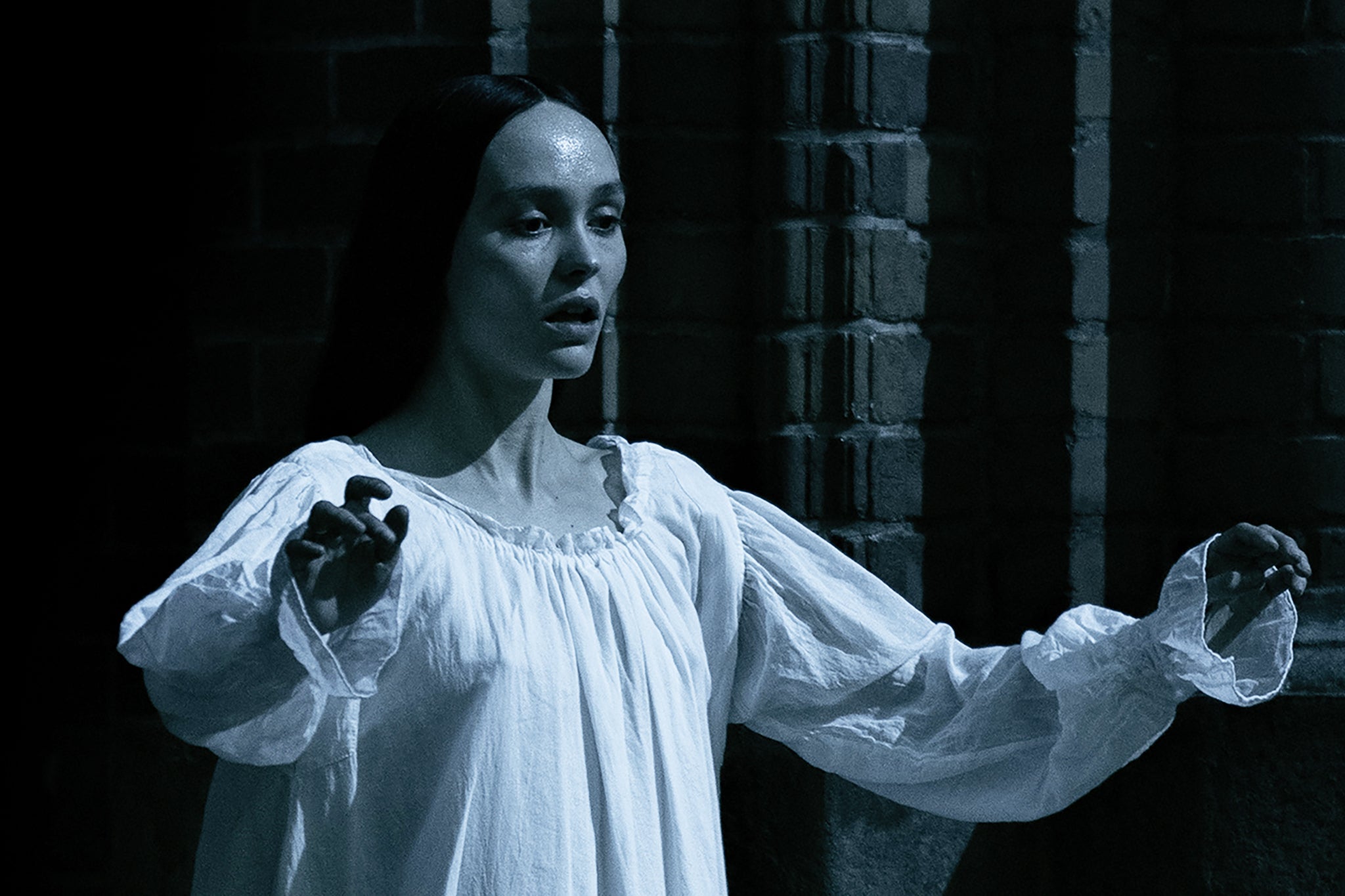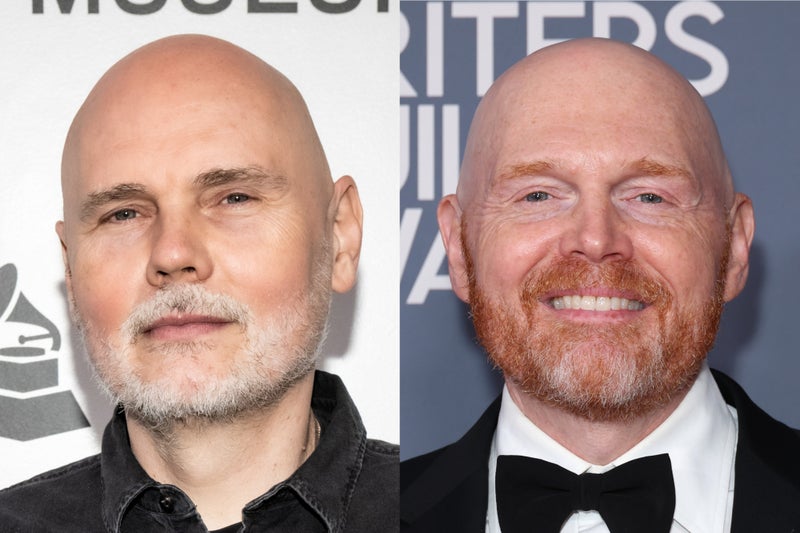Director Robert Eggers on Nosferatu: 'After Twilight we deserve a scary, smelly corpse in vampire films again'
Share:
“I think we deserve a scary, smelly corpse again,” grins writer-director Robert Eggers from under his baseball cap. “We’ve gone all the way to [Twilight’s sparkly antihero] Edward Cullen, where vampires are not scary. So how do we go in the complete opposite direction of that? Vampires were scary enough that people used to dig up corpses and chop them into bits and set them on fire.”.

Welcome to Nosferatu, Eggers’ 1830s-set gothic melodrama that is, indeed, scary – so foul and frightening, in fact, that viewers raised on the tween-friendly likes of the Twilight Saga and The Vampire Diaries might regret inviting it in. A remake of FW Murnau’s eternally eerie silent masterpiece Nosferatu: A Symphony of Horror (which was itself an unofficial adaptation of Bram Stoker’s novel, Dracula) made in 1922, Nosferatu tracks the terrifying Count Orlok (Bill Skarsgård) as he moves from a castle high in the Carpathian Mountains, Transylvania, to the German city of Wisborg.
![[Nosferatu review: Lily-Rose Depp leads this ferociously intense vampire feast, rats and all]](https://static.standard.co.uk/2024/12/06/11/41/4193_D024_00029_R.jpeg?crop=8:5,smart&quality=75&auto=webp&width=960)
With him comes a plague, the cobbled streets soon clogged with corpses, and the city’s only hope against the blood-sucking fiend is a desperate group of ragtag heroes: Orlok’s estate agent Thomas Hutter (Nicholas Hoult), his wife Ellen (Lily-Rose Depp) and their friend Friedrich Harding (Aaron Taylor-Johnson), who together enlist the expert help of Professor Albin Eberhart Von Franz (Willem Dafoe).
![[Nosferatu reviews: critics praise Robert Eggers’ 'magnificent' vampire film remake]](https://static.standard.co.uk/2024/12/03/13/00/Nosferatu-review-featured.jpg?crop=8:5,smart&quality=75&auto=webp&width=960)
“It’s interesting because the first film came out a couple of years after the Spanish flu, and this is coming out a couple of years after Covid,” Eggers says from his home in Brooklyn, New York. Behind him, the bookshelf is crammed with tomes dedicated to vampires and their folkloric roots. “When I wrote it, initially, Covid wasn’t a thing, but the plague does play a large part of the film. Having been through it, hopefully we can relate to it.”.
![[Best vampire books of all time, from Dracula to Salem's Lot]](https://static.standard.co.uk/2024/11/21/14/32/7e5aa9c46777710c3607bbf9513f3d8a.jpeg?crop=8:5,smart&quality=75&auto=webp&width=960)






















